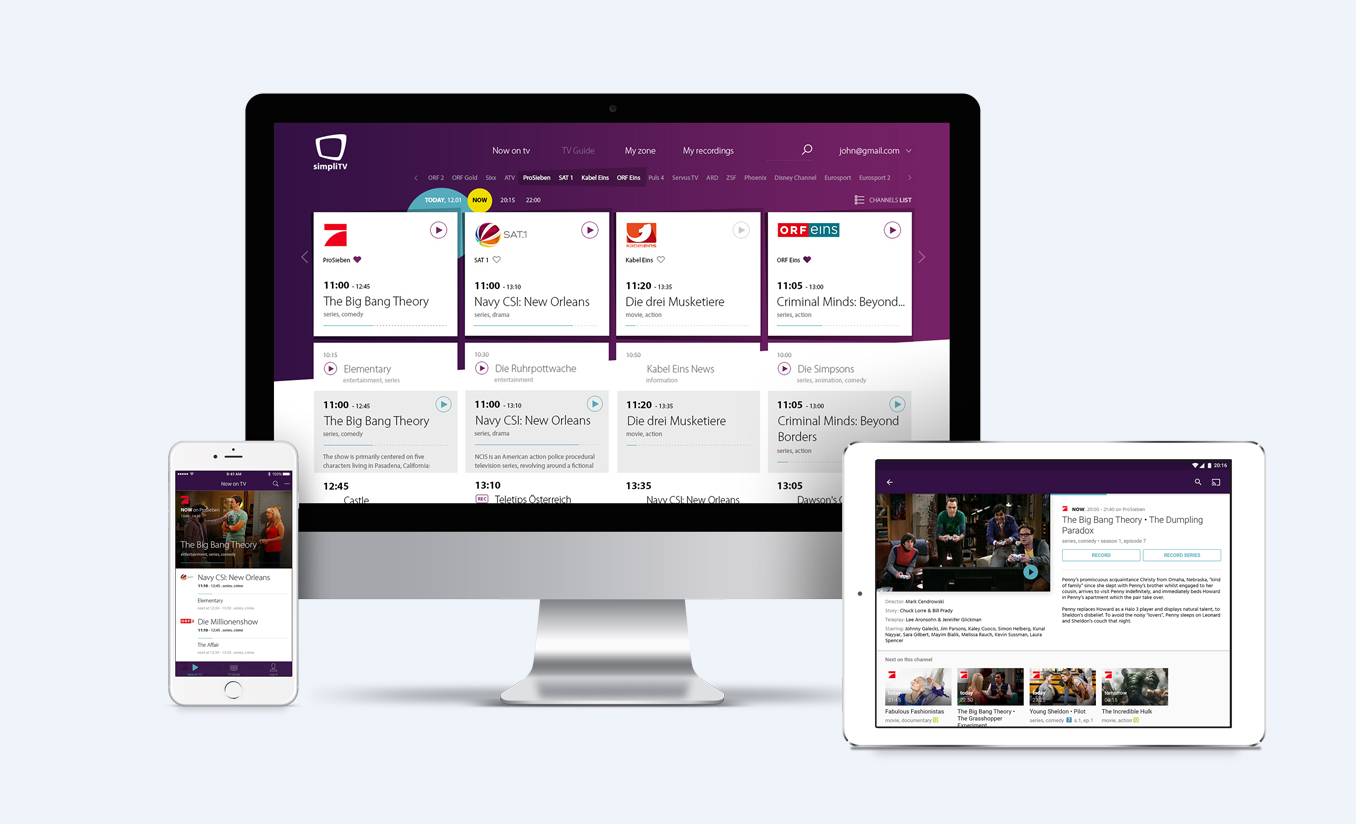New Tech Gives Broadcasters Chance to Expand Reach

The broadcast industry is experiencing unprecedented disruption from converging forces driven by new customer expectations and advancements in technology.
The advent of Ultra High Definition 4K broadcasts – and coming prevalence of 8K – means the consumer has become more discerning than ever before in terms of their quality of experience when it comes to reliability, pristine pictures and crystal-clear audio. At the same time, the introduction of over-the-top (OTT) streams and the shift to non-traditional screens means viewers have never expected more flexibility in how and where they consume that content. The diversity in available programming – from local studios streaming online to international content providers streaming prestige productions – signals a new age of television. With it, comes increased competition for consumer eyes and ears.
This is the new content economy. Broadcast organizations can view this as a bane – something to resist as they protect legacy assets – or accept it for what it truly is: a boon to everyone in the content supply chain.
These new technologies have created a highly disruptive environment that has opened the door to infinitely more opportunities to create, deliver, and view content. The growth in the video broadcasting ecosystem signals an opening for traditional broadcasters to expand the reach of their content. It also offers the ability for new entrants to bring novel, affordable, and exciting content offerings to market quickly. All content creators can now profitably connect with niche markets. This is a chance for everyone in broadcasting to benefit from an exciting shift in our industry. It is a moment to be seized.
With change comes risk. An obvious one for broadcasters – both established and emerging – is that consumers are now in a buyer’s market. As OTT services become more commonplace, the barrier to switching providers will quickly diminish. Long-term contracts and hardware rentals are becoming obsolete. Customer retention will hinge on quality of service (QoS) and quality of experience (QoE).
Quality of experience will become exceptionally important. There is little point being able to successfully deliver the content if the quality of the delivered content is unacceptable. Providing an outstanding viewing and audio experience and ensuring consistent quality is paramount to retaining customers. The human eye is extremely good at detecting faults in an image. The only solution is to provide pristine and perfect quality as close to 100 percent of the time as possible.
Cue the fascinating world of monitoring. In the early days of streaming, providers were setting up OTT services so quickly that they often only monitored that a signal was being sent out. Although the signal was being sent out, there was no visibility of the content quality in that signal. Providers were oblivious to the problems that their consumers may have been experiencing. This may have been acceptable when content was being provided free of charge, but using customers as monitors is not a successful long-term business strategy.
The smarter way to stay on top of broadcasting and cable industry. Sign up below
As more customers pay for OTT services their expectations of quality have increased, their tolerance levels have decreased, and their ability to change provider has never been easier. A high bar has been set by the quality experience and reliability delivered through traditional broadcast mechanisms. Monitoring allows providers to assure the quality of the content, quickly react to content problems and hopefully fix them before their customers even notice the issue.
Live cloud streaming, OTT, and VOD networks are among the most complex in the industry. New services, new features, and new technologies are being added at a rapid pace, oftentimes without clear visibility into the workflow in which they are deployed. The solution here is effective monitoring, monitoring with the ability to:
- Detect, alert, and report on customer impacting QoE issues
- Utilize a software architecture that supports quick changes and access from different locations
- Monitor linear and multi-profile streaming content whether it is encrypted or not
- Facilitate unique customizations for data aggregation and analytics
Stated succinctly, effective monitoring allows broadcasters of all types to quickly react to issues before they affect the customer. This leads to increased customer satisfaction, less customer churn, and reduced risk as they enter the exciting new world of OTT technologies.
